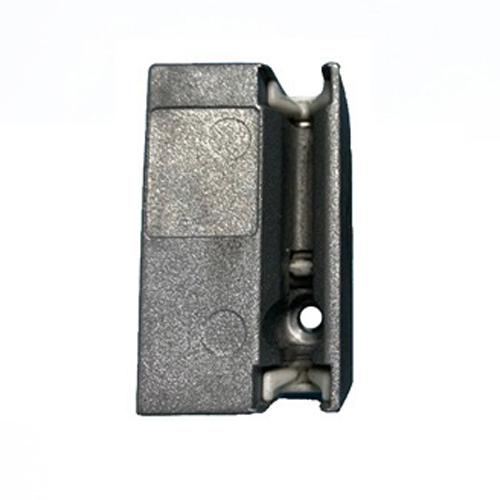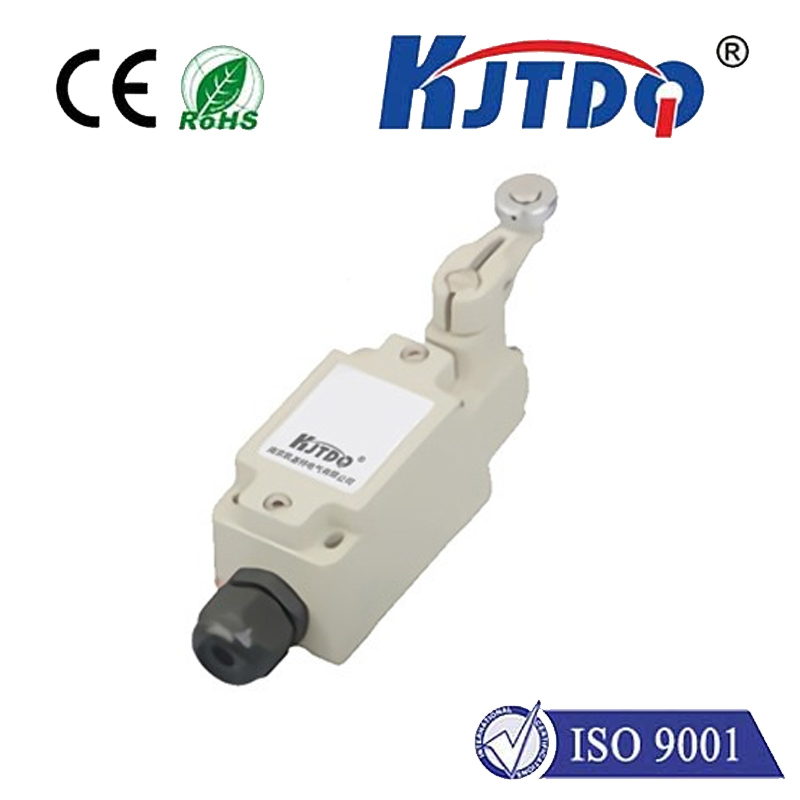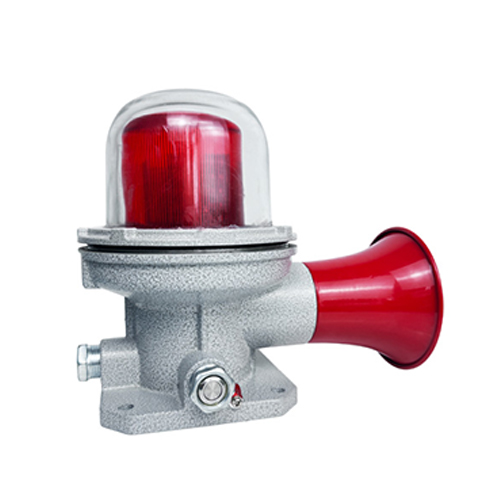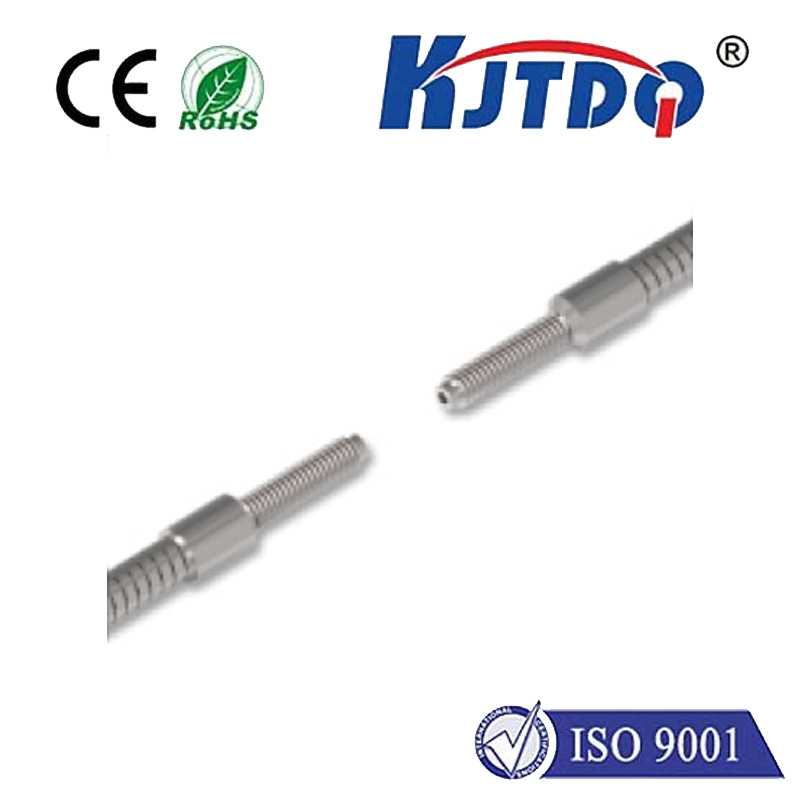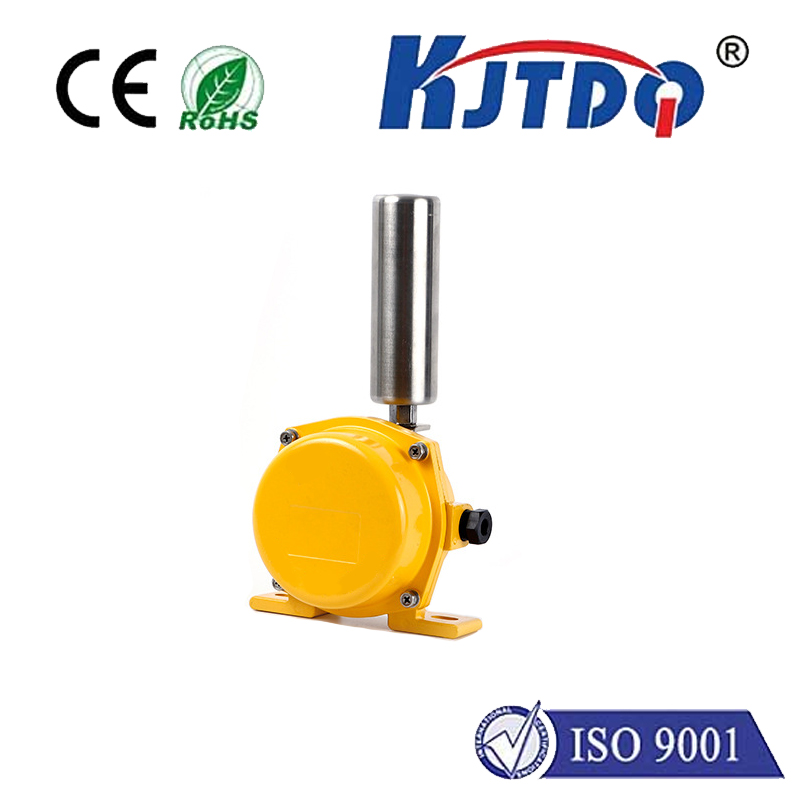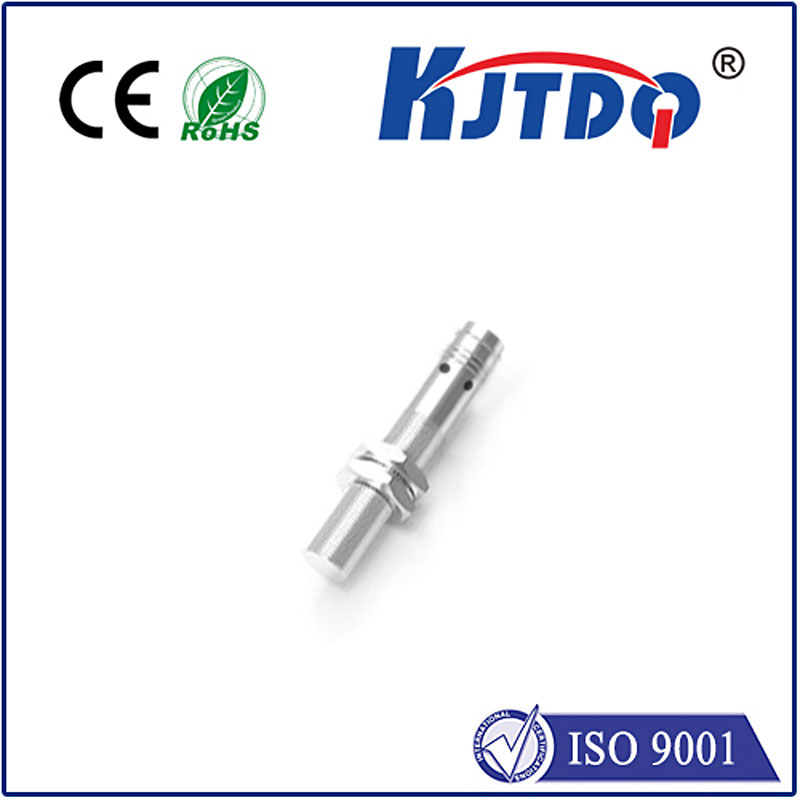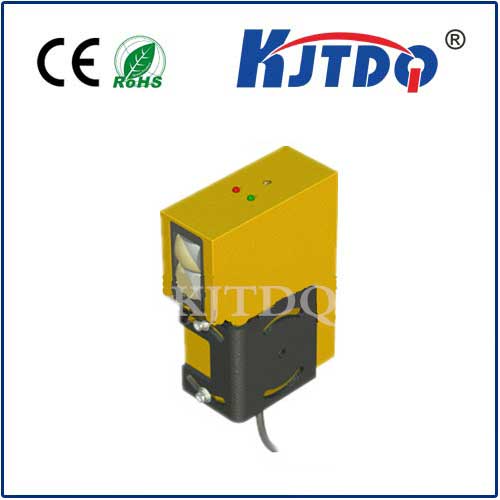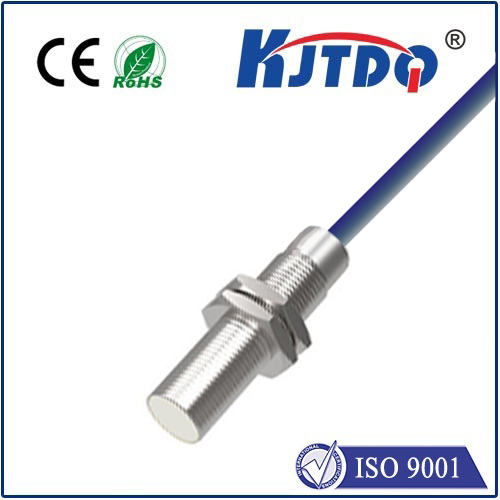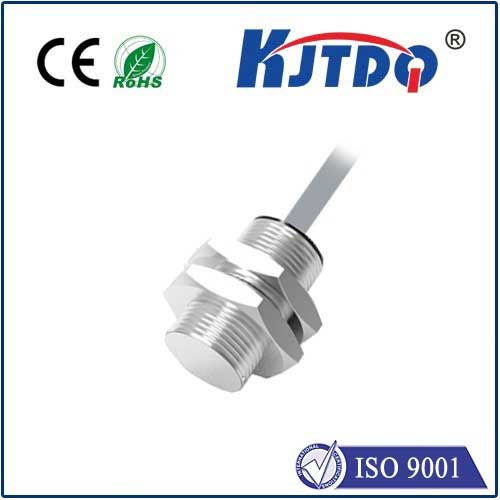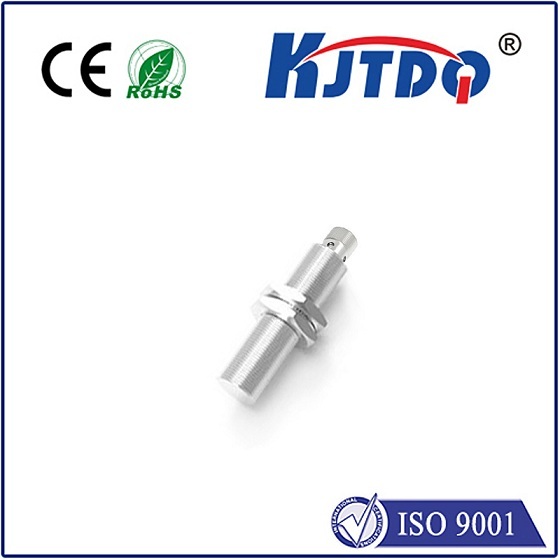

check

check

check

check

check

check

check

check

check

check
Introduction:
The automotive industry is constantly evolving to meet the growing demand for safer, smarter, and more efficient vehicles. One of the key technologies driving these advancements is sensor technology, particularly in the area of rangkaian sensor proximity. Rangkaian sensors are a type of sensor that uses radar or lidar to detect objects and obstacles in their path, providing drivers with valuable information about their surroundings. In this article, we will explore the importance of rangkaian sensor proximity in modern automotive technology, its applications, and future developments.
Section 1: Importance of Rangkaian Sensor Proximity in Automotive Safety
Rangkaian sensor proximity plays a crucial role in ensuring vehicle safety by providing real-time information about potential hazards on the road. By detecting obstacles in front of the vehicle, these sensors can help prevent accidents caused by sudden stops, collisions, or other unexpected events. This is especially important in low-visibility conditions such as fog, rain, or snow, where traditional optical sensors may not provide accurate enough data.
Moreover, rangkaian sensor proximity can also enhance vehicle efficiency by optimizing speed, acceleration, and braking. By analyzing the distance between the vehicle and other objects on the road, these sensors can suggest the optimal speed to maintain safe following distances and reduce fuel consumption. Additionally, they can help drivers avoid sharp turns or sudden stops that could lead to unnecessary wear and tear on the engine or brakes.
Section 2: Applications of Rangkaian Sensor Proximity in Modern Automotive Technology
Rangkaian sensor proximity has numerous applications in modern automotive technology, including:
* Advanced driver assistance systems (ADAS): Rangkaian sensors are a key component of ADAS systems that use cameras, radar, and lidar to detect objects and obstacles in the vehicle's path. These systems can provide drivers with visual and audio alerts when there is an imminent danger, as well as assist with lane departure warnings and adaptive cruise control.
* Autonomous driving: Rangkaian sensors are essential for autonomous driving technology, which relies heavily on sensing and perception capabilities. By providing real-time data about the vehicle's surroundings, these sensors enable self-driving cars to navigate complex environments safely and efficiently.
* Pedestrian detection: Somerangkaian sensors are designed specifically for pedestrian detection, which can help prevent accidents involving cyclists or people walking on the road. These sensors can detect both stationary and moving objects at various depths of field and can alert drivers to possible conflicts with pedestrians.
* Maintenance and repair: Rangkaian sensors can also be used to monitor the health of a vehicle's suspension system or wheel alignment. By detecting changes in tire pressure or misalignment, these sensors can alert drivers to potential issues before they become major problems.
Section 3: Future Developments in Rangkaian Sensor Proximity Technology
As the technology behind rangkaian sensor proximity continues to evolve, we can expect several new developments in the near future. Some potential advancements include:
* Improved accuracy: Current rangkaian sensors may have limitations in terms of accuracy, especially when dealing with complex driving conditions. However, future iterations of this technology are likely to become more precise, allowing for even better collision avoidance and obstacle detection.
* Integration with other sensors: In addition to relying solely on rangkaian sensors, future versions of this technology may incorporate other types of sensors such as cameras and ultrasonic sensors for even more comprehensive sensing capabilities.
* Enhanced data analytics: As the amount of data generated by rangkaian sensors increases, developers are exploring ways to analyze this data more effectively. This could include machine learning algorithms that can learn from past data patterns to improve prediction accuracy over time.
* Reduced costs: While current rangkaian sensor technology is already relatively affordable, there may be opportunities to reduce costs further as manufacturing processes improve and economies of scale are realized. This could make these sensors more accessible to a wider range of automotive manufacturers and consumers alike.
